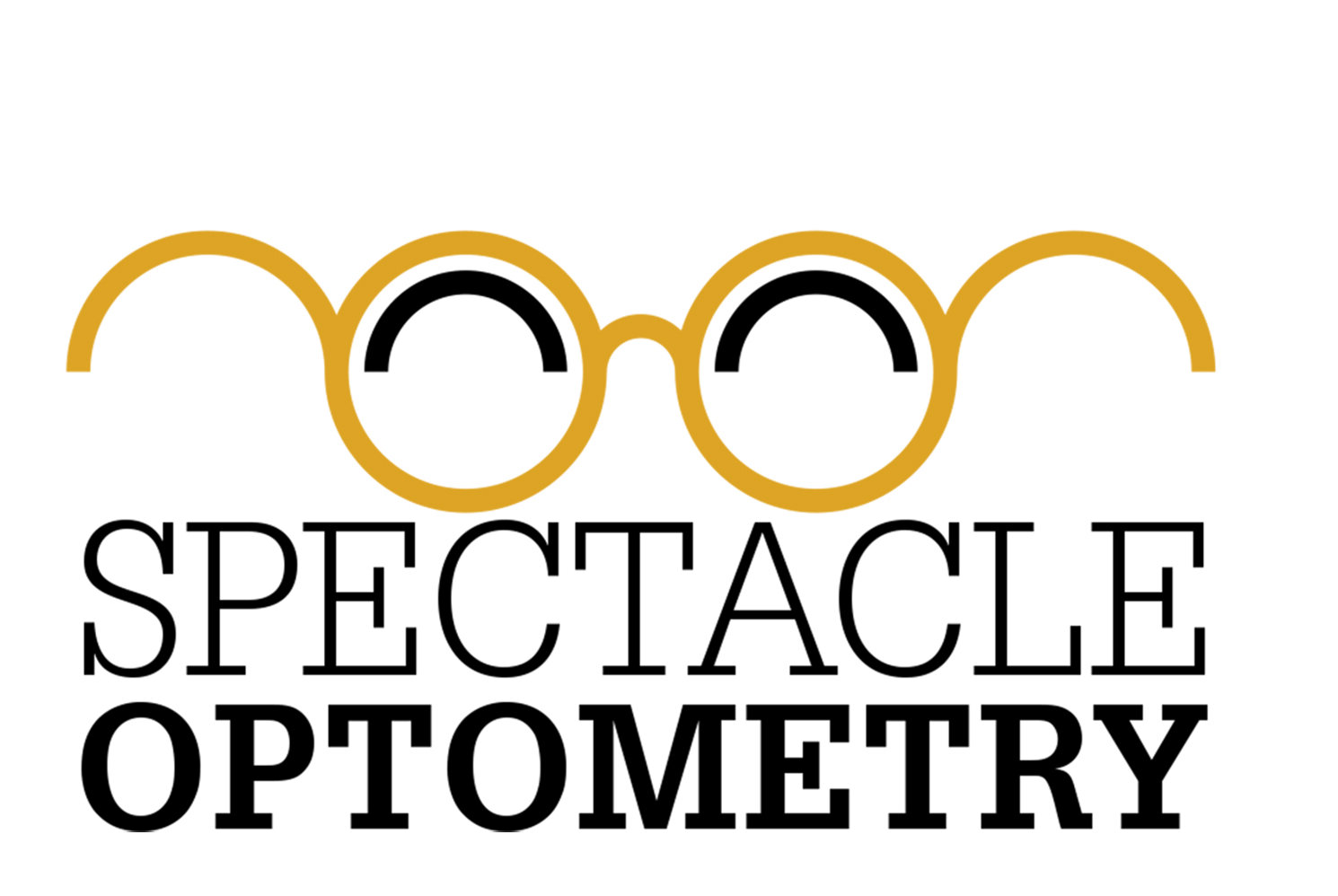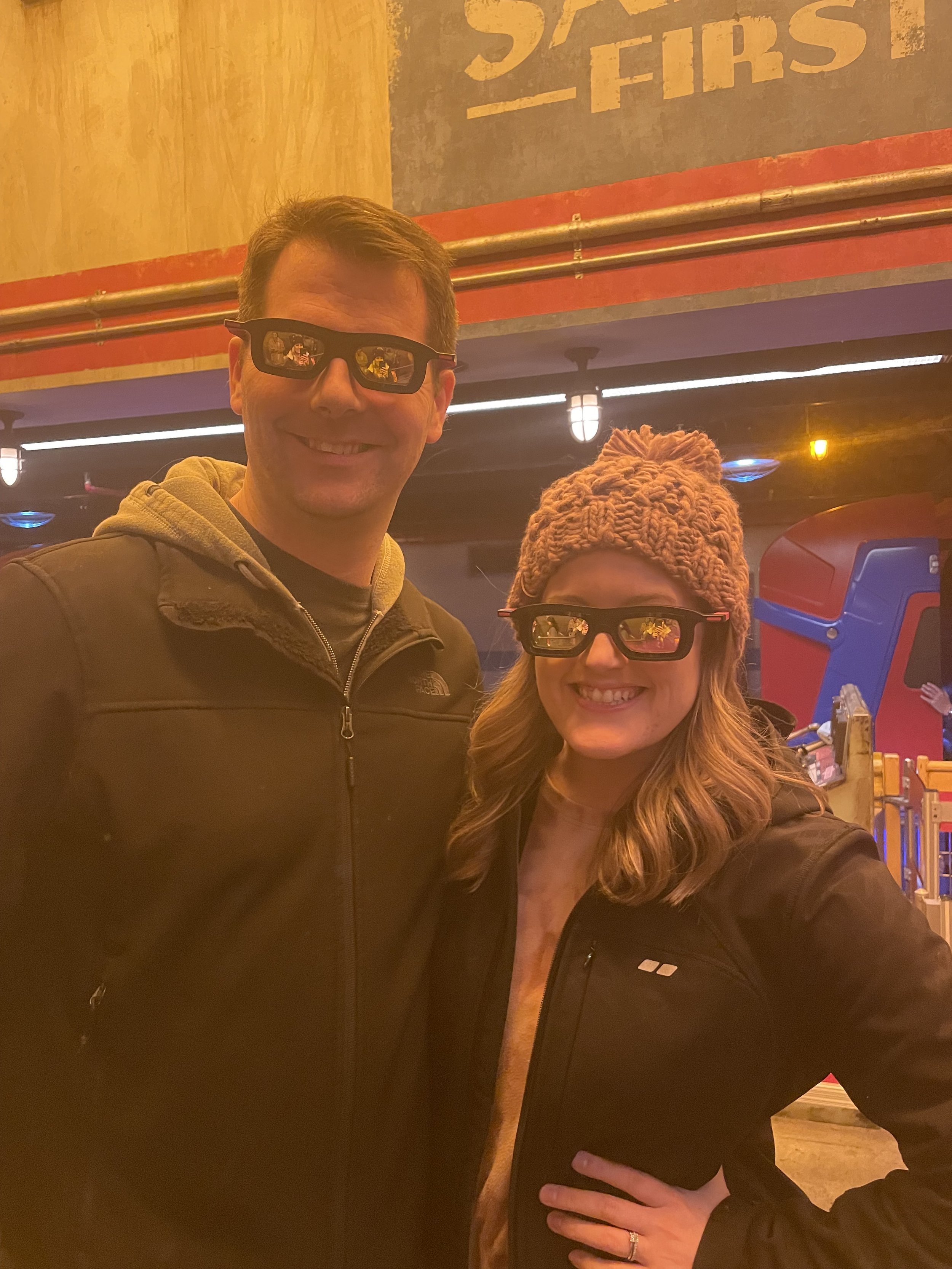SEEING IN 3D
Have you ever wondered how 3D glasses help you see images and movies with depth? Well, we’ve got you covered! It might seem like 3D movies are a new invention, but did you know the first 3D movie was actually in 1922? The Power of Love was debuted in Los Angeles featuring anaglyph color filter glasses, yet 3D imaging was actually discovered nearly 80 years prior to this feature film release! Even though the first of 3D was well in the past, we are always seeing new 3D technology in movies and amusement park rides. It is clearly here to stay, so let’s breakdown exactly how it works.
There are actually several types of 3D glasses: anaglyph, polarized, and shutter. The oldest of the 3D glasses is the anaglyph glasses. These can come in a few different shades but generally they have one lens in the red hue and one in a blue hue. One lens will filter out all the red and the other will filter out all the blue in an image. This causes our brains to see the depth of those colors when we mix both eyes together. It is one image you are looking at, but it is being projected from two different angles from each eye and your brain superimposes them with depth! Polarized glasses are becoming more and more popular now for 3D movies, especially IMAX 3D movies. The lenses look gray in color, and instead of filtering out colors, these polarized glasses have a filter that matches one on the screen. This allows the viewer to see the two individual images on the screen. Again, our brains work some magic and superimpose those two images into one with depth.
While anaglyph and polarized glasses are somewhat similar in function, shutter glasses are on a whole different level! They work through LCD technology that darkens each lens alternating super quickly. These glasses are usually battery operated and as you can imagine a little more expensive than your throw away 3D glasses you get at most movies!
Dr. Bovy and Dr. K at the new Spiderman ride at Disney’s California Adventure!
While there are different ways to see 3D images, unfortunately, not everyone is lucky enough to get to experience this phenomena. In order to take advantage of 3D technology, you need both eyes to be functioning equally. Some of our patients (and even Dr. K!) can’t see 3D because their eyes do not function the same. Patients who have amblyopia, strabismus or uncorrected vision disparities may have difficulties viewing 3D movies.
On every new patient at Spectacle, we actually test how your eyes are working together by using our 3D polarized glasses to see if you can see depth! If you’ve been a longtime patient and you can’t remember this test, just ask us and we can always have you take your best shot at it again. Maybe the next time you go to see a 3D movie or on a 3D ride at an amusement park, you’ll understand exactly what you’re seeing!






